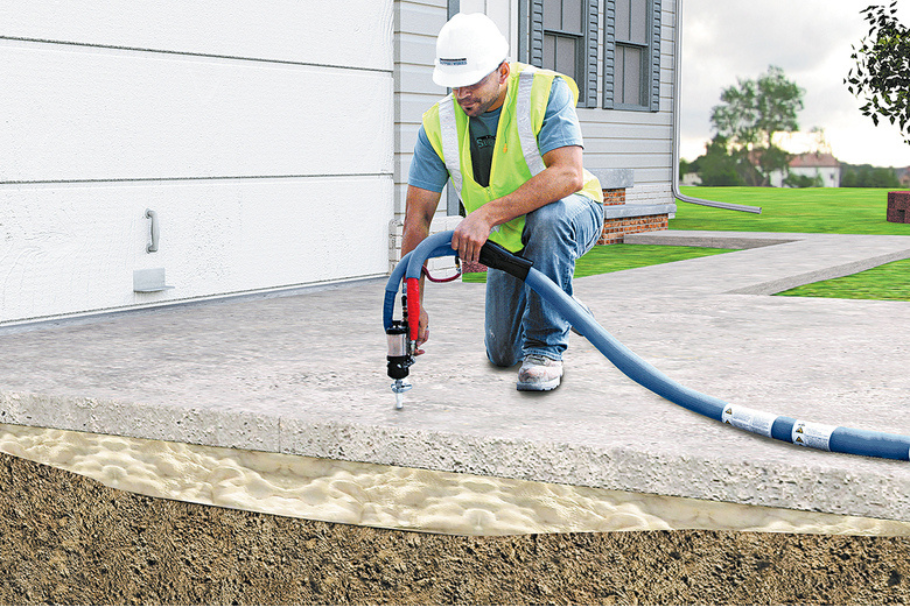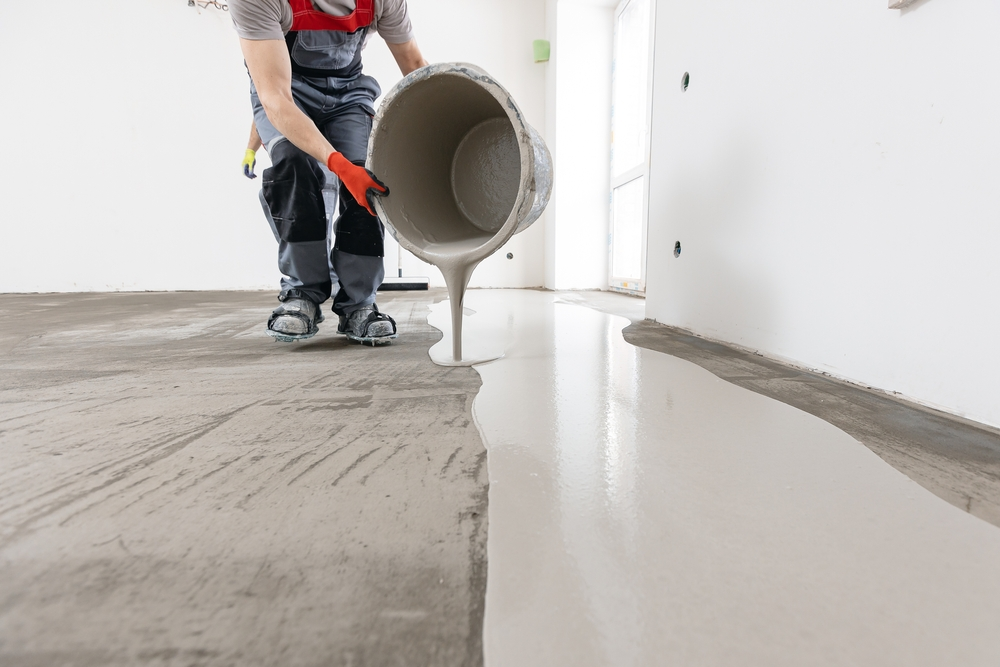Concrete lifting is a widely-used technique in construction and home improvement for raising sunken or uneven concrete surfaces. This method is often employed to restore the level and integrity of concrete slabs, driveways, sidewalks, patios, or foundations. Over time, concrete surfaces can sink due to factors like soil erosion, poor soil compaction, or heavy loads. Instead of replacing the entire slab, which can be costly and time-consuming, concrete lifting offers an efficient and cost-effective solution.
Understanding Concrete Lifting
Concrete lifting, also known as slab jacking, mudjacking, or polyjacking, involves injecting a material beneath the sunken concrete to raise it back to its original position. The process varies depending on the method used:
- Mudjacking: This traditional method involves pumping a slurry mixture of sand, cement, and other additives under the concrete. The mixture fills the voids and lifts the slab to its original height.
- Polyjacking: A more modern technique that uses polyurethane foam instead of the slurry mixture. The foam is injected under the concrete, expanding and hardening quickly, lifting the slab in the process. This method is known for being less invasive and quicker than mudjacking.
Why Consider Concrete Lifting?
1. Cost-Effective Solution
Concrete lifting is generally more affordable than full concrete replacement. Instead of tearing out the old slab, which involves demolition, removal, and new installation, lifting the existing concrete saves time, labor, and materials, significantly reducing costs.
2. Time Efficiency
Concrete lifting is a quicker process compared to replacement. The project can often be completed in a few hours, depending on the size of the area and the method used. Additionally, since there is no need to wait for new concrete to cure, the lifted surface can be used almost immediately.
3. Minimal Disruption
This method causes minimal disruption to the surrounding areas. There is no need for heavy equipment or extensive digging, making it a cleaner and less intrusive option. It is particularly beneficial for areas with landscaping or structures that could be damaged by more invasive methods.
4. Durability
Both mudjacking and polyjacking offer durable results. Polyjacking, in particular, provides long-lasting stability due to the strength and waterproof nature of polyurethane foam. This method can effectively support the concrete and prevent further sinking.
5. Improved Safety
Uneven or sunken concrete surfaces can pose significant safety hazards, leading to trips and falls. Lifting these surfaces eliminates these hazards, ensuring a safer environment for both pedestrians and vehicles.
6. Aesthetic Improvement
Sunken or uneven concrete can be unsightly and detract from the overall appearance of a property. Concrete lifting restores the level of the surface, improving the visual appeal and maintaining the property’s value.
Conclusion
Concrete lifting is an effective and practical solution for addressing sunken or uneven concrete surfaces. It offers a cost-effective, time-efficient, and minimally disruptive alternative to full concrete replacement. Whether dealing with a residential driveway or a commercial sidewalk, considering concrete lifting can help preserve the safety, aesthetics, and value of your property.




